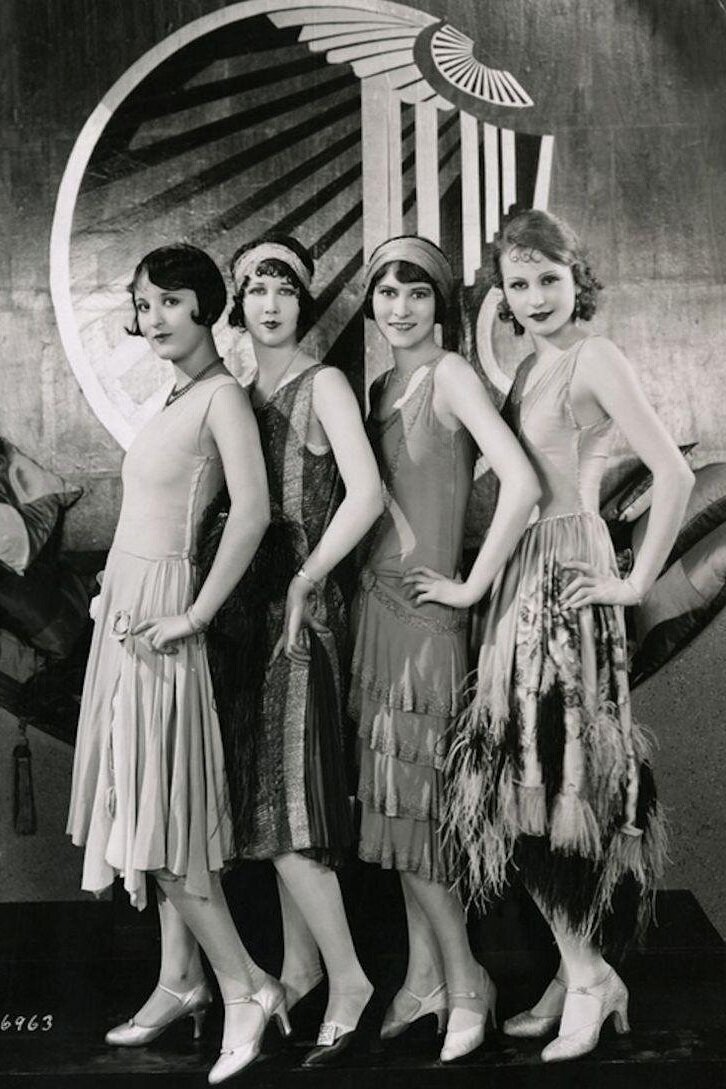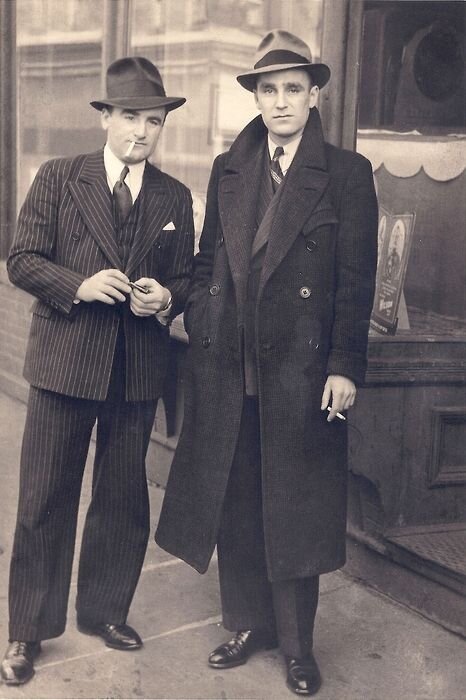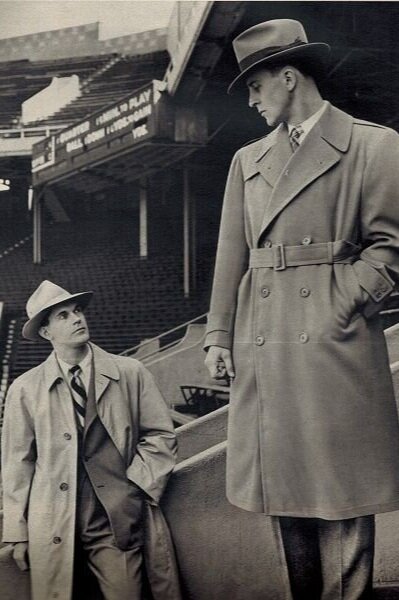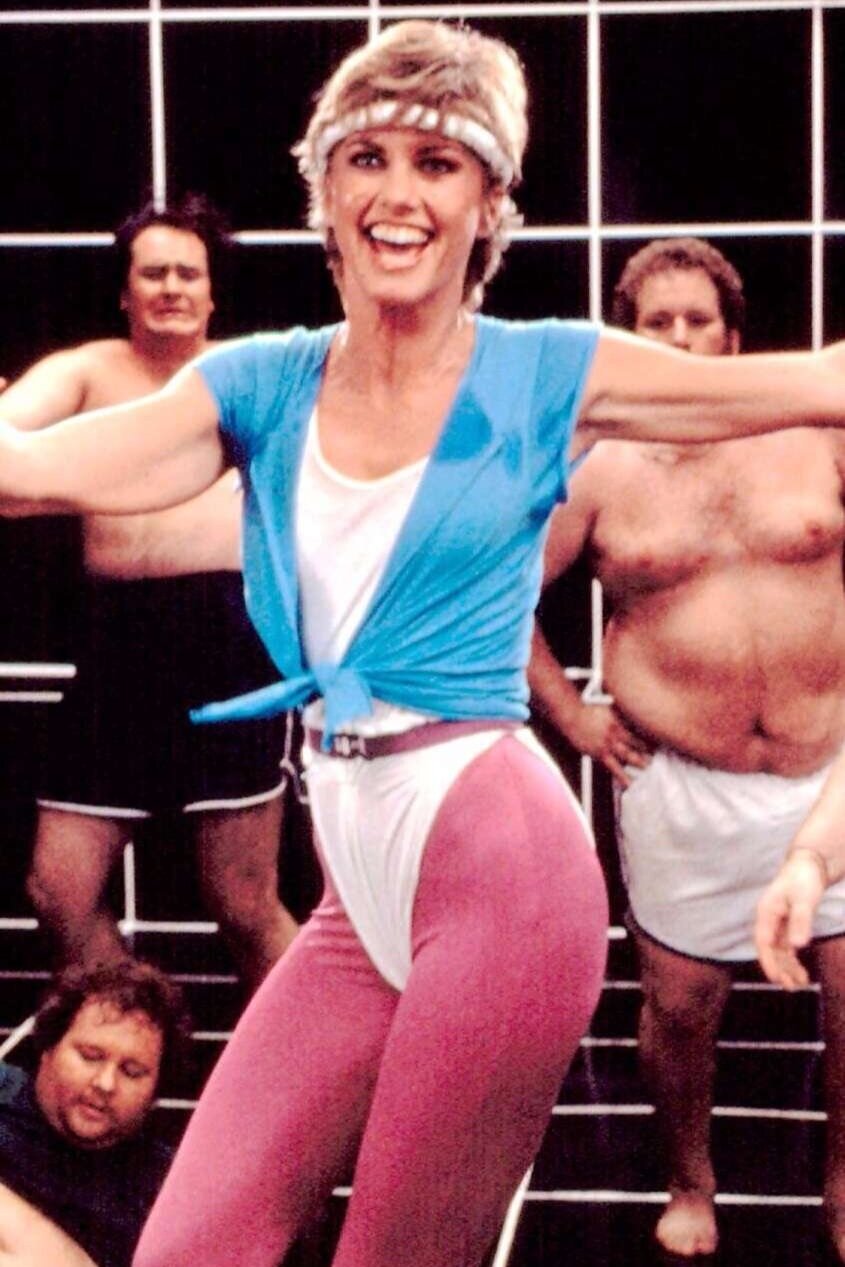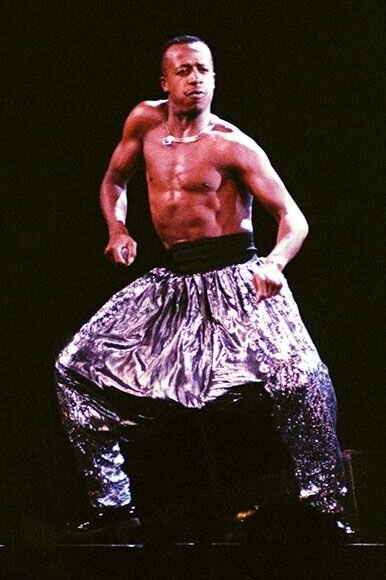The Zeitgeist Guide to Vintage Clothing
In recent years, vintage clothing has gained increasing popularity among sustainability-focused mainstream consumers. As the demand for vintage rises, so does the need for understanding the many nuances that come with decades and decades of ever-changing fashion trends.
In reading this guide, you’ll learn what vintage clothing is, how it compares to modern clothing (both in size and style), and how to find affordable vintage clothing online.
Zeitgeist’s vintage fashion experts break down what you need to know about vintage clothing.
What is Vintage Clothing?
The term vintage is a blanket term used to describe garments that come from the 1920s- 1990s. These pieces are stylistically representative of the era they were produced in. Popular examples of vintage clothing worn today are the tie-dye tees of the 1970s, shoulder-padded blazers of the 1980s and grungy plaid flannels of the 1990s.
It’s important to know that clothing created before 1920 is not considered vintage, but is instead dubbed antique clothing. These garments are too old and fragile for everyday wear and are typically purchased (at a high price) for collection and preservation purposes. If you’re lucky, you can unearth an antique treasure or two at an estate sale.
Examples of Popular Vintage Styles by Era
1920s
Flapper dresses
Heeled Mary-Janes
Newsboy caps
1930s
Jean Harlow in a bias-cut dress
Double-breasted suits & coats
Wide-leg trousers
1940s
Coveralls
Victory suits
Burberry trench coats
1950s
Dior’s New Look
James Dean in a white tee
Poodle skirts
1960s
Joe Cocker in a tie-dye shirt
Jackie O in a pillbox hat
Twiggy in a shift dress
1970s
Cher in a sequin dress
Fur & sheepskin coats
Farrah Fawcett in flare jeans
1980s
Olivia Newton John in an aerobics leotard
MC Hammer in drop-crotch pants
Acid wash denim
1990s
Tyra Banks in Americana denim
Kurt Cobain in a flannel shirt
Halle Berry in a leopard coat
2000s
Britney Spears in a velour track suit
Ashley Tisdale wears a skirt over jeans
David Beckham in baggy jeans and skate sneakers
The Difference Between Vintage & Retro Clothing
The term retro refers to garments that are reminiscent of vintage styles, but have been manufactured in modern times. Unlike vintage clothing, the label retro does not refer to the specific time period the garment was manufactured in but instead refers to the style of the garment itself. In 2020, any garment produced after 2000 but based on an earlier trend is considered retro.
For an example of retro clothing in mainstream fashion, look no further than today’s booming streetwear industry. It’s currently popular for streetwear brands to revive 1980’s and 1990’s activewear trends like wind-breakers, athleisure sweatsuits, and early sneaker styles. Fun fact: Nike’s popular Air Force 1 style sneaker was originally released in 1982.
Vintage Clothing Sizes vs. Modern Sizes
If you plan on collecting a vintage wardrobe of your own, it’s crucial to understand the difference between vintage and modern sizing. Over the course of the 20th century, the shape of both women’s bodies and the size of their clothing sizing underwent numerous transformations. Oftentimes, fashion-lovers new to vintage shopping are stumped by sizing problems and fit issues.
The first rule of vintage shopping is to throw your attachment to clothing sizes out the window. The only thing that should matter about your new vintage treasure is how well it fits, not the size on the tag. Just as today’s sizing is often inaccurate and unpredictable, the same can be said about vintage garments. While two vintage dresses may be on the same size rack, they very well may have two entirely different fits.
As a general rule of thumb, your “vintage size” is 4 sizes larger than the size you wear today. For example, a woman who shops for a size 10 today would look for a size 14 when vintage shopping. This change in sizing over the past 20 years is largely due to what’s called vanity sizing. As the general public gained weight and their sizes should have increased, designers started adjusting sizing to make shoppers feel better about their changing bodies. As wild as it sounds, it’s true.
You may also find that some vintage garments do not have any sort of tags or sizing information. This is likely because they were hand-made by a home sewer. Before modern manufacturing and fast fashion, most women sewed clothing for themselves and their families. During eras past, it was also more common to get your clothes tailored for a custom fit.
Why You Should Wear Vintage
To put it simply, because it’s sustainable. Don’t be swayed by fast fashion brands like Zara who offer modern recreations of past trends at a low price. The production of these new old-fashioned garments is causing an unignorable amount of damage to our planet, not to mention the unfair wages and working conditions of the millions who make them. Wearing clothing that has already been produced is far more sustainable.
Plus, there ain’t nothing like the real thing baby. There’s a special feeling of joy that comes with wearing vintage outfits. At Zeitgeist, we like to ponder the past life that each of our vintage garments lived, and the fabulous people who wore them. Not only are you shopping sustainably when you shop vintage, you can find one-of-a-kind gems.
Where to Buy Affordable Vintage Clothing
While you can spend hours sifting through the racks of flea markets and vintage malls or digging through the bins of an estate sale to find your vintage clothing, why not try an easier way. At Zeitgeist, we curate a selection of vintage styles that have a modern streetwear feel. Each garment is hand-picked and double-checked for quality and fit. Plus, 25% of each sale is donated to a Seattle non-profit to support community members in need. Stylish, sustainable, and good for society? Consider us the online vintage shop for the modern wardrobe.
